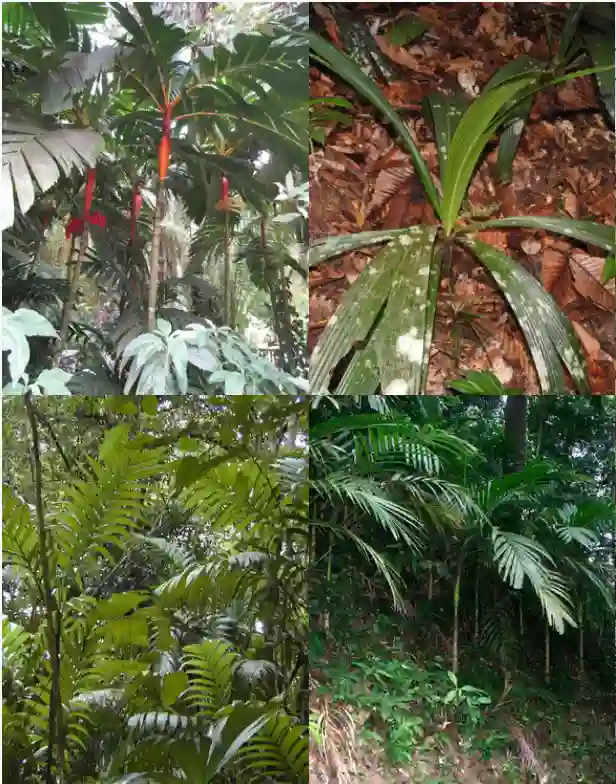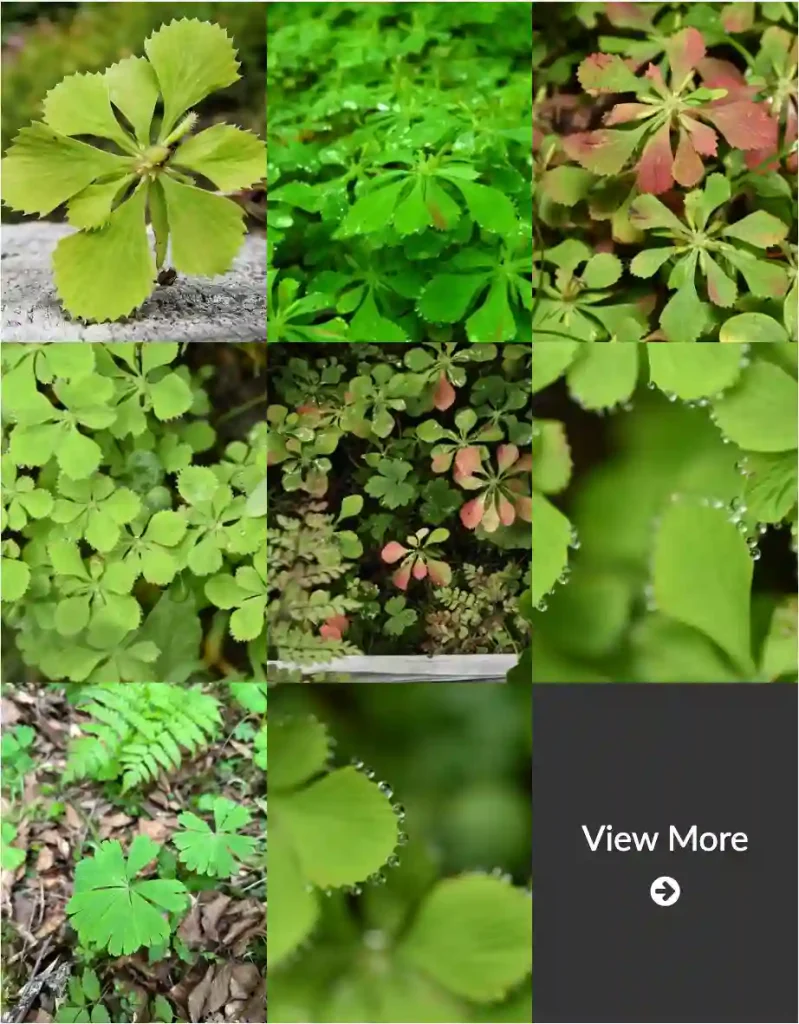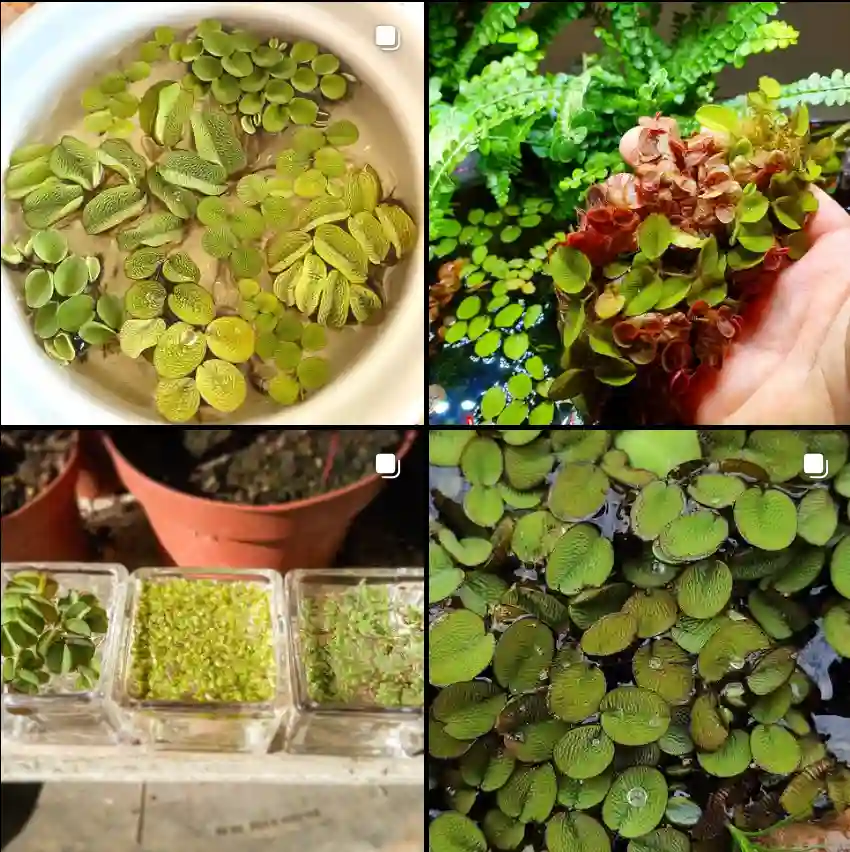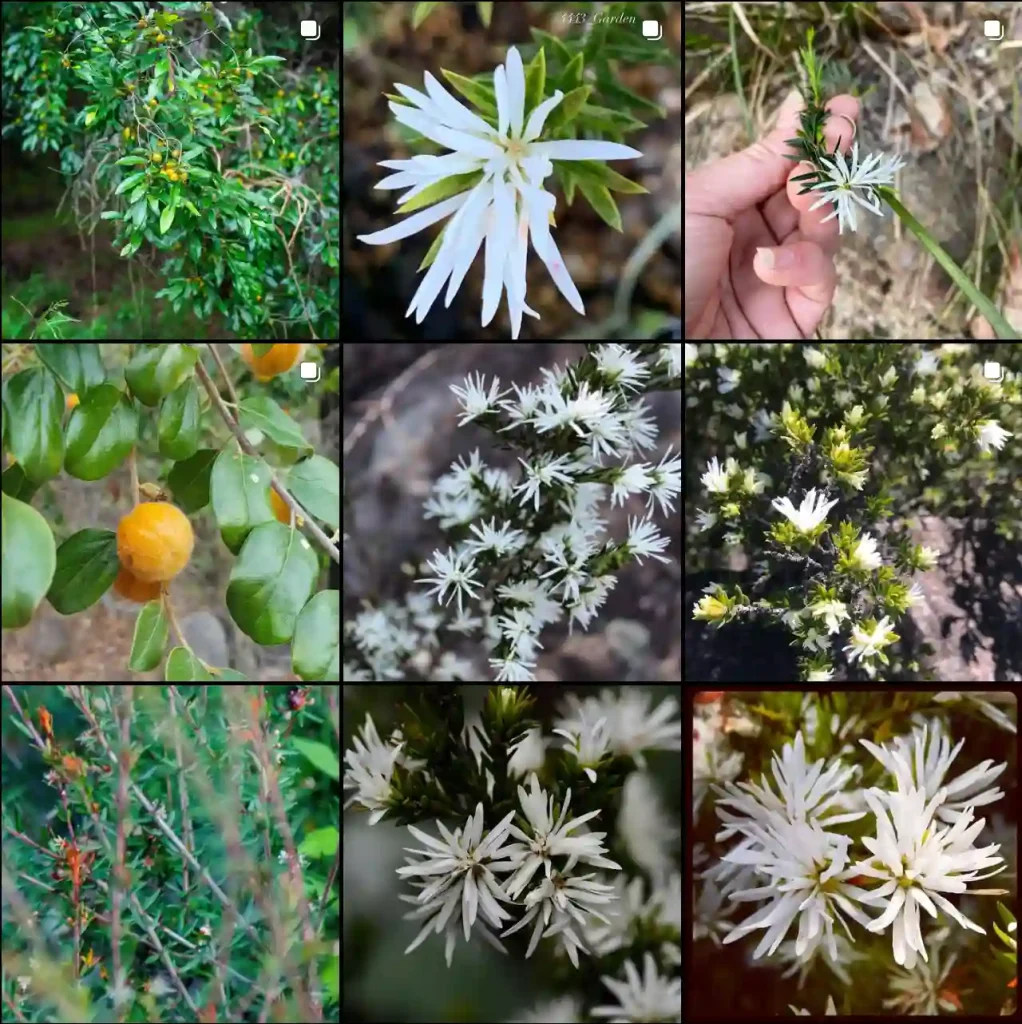Helenium: A Late Summer Delight
I’ve always been drawn to flowers that bring a burst of color to the garden when the summer heat begins to wane. There’s a certain magic in those late bloomers, a defiant spirit that refuses to let the season fade without a final, vibrant hurrah. And among those late-summer stars, the Helenium, or Sneezeweed, holds a special place in my heart.
Now, I know what you’re thinking: “Sneezeweed? What a strange name!” It’s a bit off-putting, I’ll admit. But don’t let the name fool you. These cheerful daisies, with their bright yellow, orange, and red petals, are anything but unpleasant. The name actually comes from a time when people believed that dried Helenium leaves could be used to induce sneezing, which was thought to rid the body of evil spirits. Thankfully, we’ve moved on to more effective (and less irritating) methods of healthcare!
What I love most about Helenium is its resilience. It thrives in the late summer heat, standing tall and proud even when other plants start to wilt. And the butterflies love it too! It’s a frequent sight to see these winged beauties flitting among the colorful blooms, adding another layer of life and movement to the garden.
A Diverse Family
The Helenium genus belong to the Asteraceae family, is surprisingly diverse, boasting around 33 different species. While they all share that characteristic daisy-like flower head, they come in a variety of sizes and colors:
- Helenium autumnale: This is the classic Sneezeweed, with bright yellow petals and a prominent central cone. It’s a North American native and a real workhorse in the garden. Plant FAQs: Helenium Autumnale – Sneezeweed
- Helenium amarum: This species is a bit of an outlier. Unlike its perennial cousins, it’s an annual. It also has finer foliage and smaller, bright yellow flowers.
- Helenium flexuosum: This one has a more delicate look, with thin, drooping petals in shades of yellow and red.
- Helenium amphibolum A.Gray
- Helenium arizonicum S.F.Blake
- Helenium aromaticum (Hook.) L.H.Bailey
- Helenium atacamense Cabrera
- Helenium bigelovii A.Gray
- Helenium bolanderi A.Gray
- Helenium brevifolium (Nutt.) Alph.Wood
- Helenium campestre Small
- Helenium chihuahuensis Bierner
- Helenium donianum (Hook. & Arn.) Cabrera
- Helenium drummondii H.Rock
- Helenium elegans DC.
- Helenium glaucum Stuntz
- Helenium insulare (Phil.) Cabrera
- Helenium laciniatum A.Gray
- Helenium linifolium Rydb.
- Helenium mexicanum Kunth
- Helenium microcephalum DC.
- Helenium ovallense Bierner
- Helenium pinnatifidum (Schwein. ex Nutt.) Rydb.
- Helenium puberulum DC.
- Helenium quadridentatum Labill.
- Helenium scaposum Britton
- Helenium scorzonerifolium A.Gray
- Helenium thurberi A.Gray
- Helenium uniflorum (Spreng.) P.L.R.Moraes
- Helenium urmenetae (Phil.) Cabrera
- Helenium vallenariense (Phil.) Bierner
- Helenium vernale Walter
- Helenium virginicum S.F.Blake
Bringing Helenium Home
If you’re thinking of adding Helenium to your garden, you’ll be pleased to know that they’re relatively easy to care for. They prefer full sun and well-drained soil, but they’re not too fussy. Just give them a bit of space to grow, as they can get quite tall, and deadhead the spent flowers to encourage more blooms.
One thing to keep in mind is that Helenium can be prone to powdery mildew, especially in humid conditions. To avoid this, make sure to provide good air circulation and water at the base of the plant, rather than overhead.
More Than Just a Pretty Face
Aside from their beauty, Helenium also has a rich history of use in traditional medicine. Native Americans used various parts of the plant to treat a range of ailments, from fevers and headaches to toothaches and snakebites. While I wouldn’t recommend self-medicating with Helenium (always consult a healthcare professional!), it’s fascinating to learn about its historical significance.
For me, Helenium is a reminder that even as summer fades, there’s still beauty to be found. Its vibrant colors and cheerful disposition bring a sense of joy and optimism to the garden, a welcome antidote to the approaching autumn chill. So, if you’re looking for a plant that will bring late-season color and attract pollinators to your garden, look no further than the humble Helenium. You won’t be disappointed.
If i die, water my plants!



